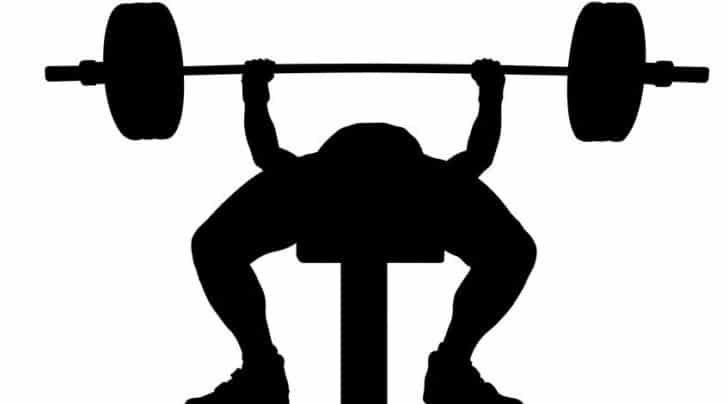
The pectoral tendon attaches the pec major muscle to your humerus or arm bone. The pec major is a very powerful muscle. Pectoral tendons are usually ruptured or torn in weight lifters during bench pressing. Traumatic injuries in sports can also result in a pec tendon tear. Surgery is often needed to repair complete pec tears. The recovery after surgery often means that this is a season-ending injury.
A torn pectoral tendon is usually an easy diagnosis to make. Your story usually goes something like this… You were bench pressing, you heard a series of pops and the bar came back down to your chest rapidly. If that sounds familiar, you have likely torn a pectoral tendon or have pectoralis major rupture. Over the next few days, you will notice heavy bruising and swelling. As the swelling starts to subside, you will see a deformity of your pectoralis major. If you tighten your chest muscles you will see the pec ball up over your chest. A torn pectoral should be repaired (if it is repairable) as soon as possible. If you suspect a pec tendon injury you should see a shoulder doc sooner rather than later.
A torn pectoral tendon tends to occur in “younger” active weight lifters. However, because 50 somethings are lifting more often and more weight we are seeing pec tears in this age group as well. This is an injury we usually see rapidly in our clinic since the injury is quite striking, the deformity is easy to notice and the story you give is always consistent. There is usually significant bruising present and there is usually an obvious deformity noted as your pec major bunches up in your chest.
Like J.J Watt, a torn pec tendon can occur in any collision sport as well. This will be a season-ending injury for Watt. What is the decision making and recovery time frame going forward for J.J Watt and others who have torn their pec tendon?
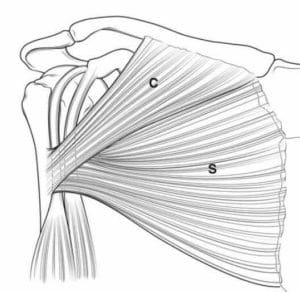
Types Of Torn Pectoral Tendons?
Tears of the pectoralis major can be partial (just one head) or complete.
In type 1 torn pectoral, the tendon of the pectoralis major tears directly off of the humerus – the easiest to fix.
In type 2 torn pectoral the tear occurred where the muscle starts transitioning into a tendon – the muscle-tendon junction- harder to fix, but still possible.
In type 3 pec ruptures, the tear is completely within the muscle itself. May not be repairable.
In type 4 pec ruptures, the muscle tears off of the sternum.
A Type 1 or Type 2 pec tear is far more common than type 3 or 4.
How Do You Treat A Torn Pectoral Tendon?
Most pec major tendon ruptures occur in very active people. Without surgery, pectoralis major tears will cause weakness and an obvious deformity. Because of that, most people with a pec tear will choose to have them repaired. The pec major is not an absolutely essential muscle, and many of these pec tears are partial tears, so if the loss of strength and the deformity do not bother you then you can be treated without surgery.
How Do You Repair A Torn Pectoral Tendon?
If you choose to have surgery to repair your pec tendon tear then you should understand the following principles.
Type 1 tears where the tendon ripped off the bone are the most straightforward to repair. The surgery is open, and the incision is placed in your axilla. During the surgery, we will use a suture anchor device to place sutures into the bone and then we will use those sutures to repair the tendon back to the bone. You will be in a sling for a while and then start strengthening exercises after enough healing has occurred.
Type 2 tears are more difficult. These tears occur at the “muscle-tendon” junction of the pec major. Muscle tendon junction tears can be very difficult to fix because you can not sew or repair muscle. Often times we wait a little while for some early repair scar tissue to form on the pec muscle which will make the repair easier. Sometimes we might need to augment or strengthen the repair with a cadaver tendon.
Type 3 tears are purely within the muscle. They are very rare and very hard to repair. We must wait a few weeks for scar tissue to form so we have something we can attempt to repair.
Most tears are Type 1 or 2, so most tears are easily repairable. The results of surgery are generally good, and most of you will be pleased with the appearance of the pectoralis and your performance in the gym after you have recovered.
How Long Does Is Recovery From A Torn Pectoral Tendon?
Pectoralis tears generally heal very well. It can take at least 6 months until you are back in the gym and back to your normal routine. It can take a year or more until you have normal strength, although that might occur earlier in many of you.
What Are The Risks Of A Pec Tendon Repair?
No surgery is without risk. The risks include the risks of anesthesia, infection, weakness, stiffness, a recurrent pectoral rupture, an abnormal appearance, nerve or blood vessel injuries.
The overall risks of surgery are very low. Below is a video detailing how a pectoral tendon tear is repaired.


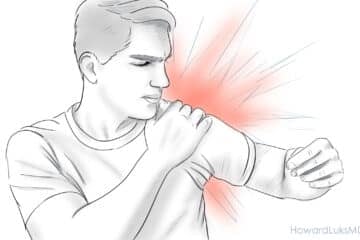
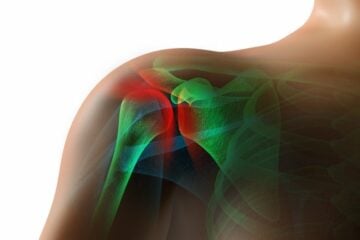






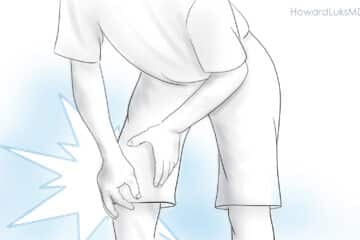



Dear Dr lucas, I have a complete tear of the right pec, type 2 at the tendon and muscle. I know now that surgery maybe highly unlikely. My question is symetry. I want to compete at least one time in a body building contest but the lump is just very ugly. Do you know of any plastic surgery or any surgery like that which could remove the lump or cut it down or anything like that. Also in your opinon will stem cell therapy ever be able to help. Thanks.
Best is to have someone experienced in these injuries to look and see if a repair is possible. Muscle tendon junction injuries are harder to fix, but not impossible. There is a chance that surgical repair can restore a more normal contour to your pec.
Good luck .
Hi Dr. Lucas, I just recently tore my pectoral muscle on 12/6/18 and because no one could cover me at work my surgery won’t be until 12/26/18. Is this delay going to affect the outcome of my surgery?
It can Matt … but at 3-4 weeks it should still be fairly easy to repair depending on the type of tear it is.
This is a very cool site. Good to see engaged doctors.
I just had my repair 4 weeks ago and am on the mend. I tore mine in a pretty gnarly skiing accident. Just stopped wearing my slight but still take it out in heavily trafficked areas for precaution.
When can I start strength training with slight resistance and using light bands? Should I still be icing it everyday?
Icing this far out is generally not needed. AS far as strengthening that depends on how robust your tissue was and where the tear occurred. Only your surgeon knows the answer to that. In general, we wait 6-10 weeks to start strengthening exercises depending on the variables I mentioned earlier.
Hello Dr. Lukas.
i tore my pectoralis tendon 4 weeks ago and again 1 week ago. is it possible to tear just the clavicular head and not the sternal head? Can MRI differentiate between which head was torn or is this something that can only be diagnosed during surgery? Is the prognosis better if the clavicular head and not the sternal head is torn? i have dimpling of the anterior axillary fold but the the bruising tracked the clavicular head up to the clavical and i still have some strength which is the reason i think the sternal head might be spared. my MRI is in 2 days. i’m scared of surgery because it’s an uncommon injury and most orthopedic surgeons i have talked to have never done this type of surgery or it has been 10+ years.
Hi Tim .. I don’t know where you live, but in busy urban/city regions this isn’t a very uncommon injury.
The bruising will not give you a clue about which head is involved. If you lost the axillary contour then at minimum your clavicular head is torn. The MRI can tell you if it’s a partial or complete tear. It is not a challenging repair to perform if it is a tendon tear. For muscle tendon junction injuries it can be challenging for anyone to perform.
Tore something during bench press a 9 days ago. Eccentric part where I was about to press up,a pop like2-3times,pain under armpit.Had two MRI scan both on shoulder and chest ,result came in as subscapularis 50% tear and coracobrachialis20% tear but no pectoralis major tear.But the area where anterior axillary fold use to be is gone and when i flex my pec its definitely ball up and there’s a hole Inbetween armpit area,. Is the MRI result wrong?
Yes… MRI results can be wrong. There are second opinion services online that you can upload your MRI to. Or you can see a shoulder doc, many of whom will read their own MRI.